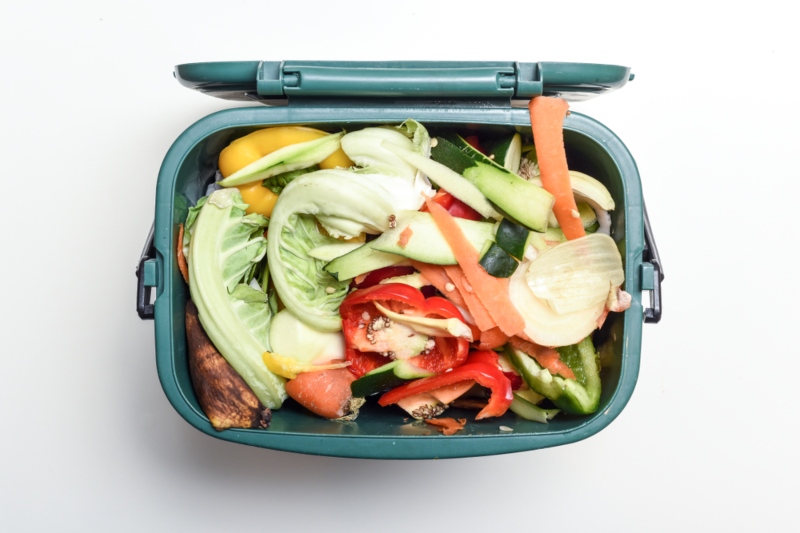Cathy Cook, chair of the Local Authority Recycling Advisory Committee (LARAC), looks at how to achieve a well-executed food waste collection service.


Under the Government's Simpler Recycling reforms, all local authorities in England are mandated to provide food waste collection to all households within their area, including hard-to-reach properties, such as houses in multiple occupancy (HMOs) and flats above shops, by 31 March 2026.
With a range of locations across England, from urban to rural, how do local authorities start to plan for the implementation of food waste services, particularly from the perspective of the required fleet?
Every local authority is at a different stage in its food waste collection journey. Around 50% of authorities have no food collection service at all, and for those that do have, many do not currently offer a service to all households. This could be for several reasons, including cost-effectiveness and difficulty engaging hard-to-reach communities, but access is also a consideration.
The local authority needs to consider several things and gather the most up-to-date information to start planning the implementation of a food waste service, including the number and types of vehicles that may be required.
One crucial step is ensuring that there is an accurate and comprehensive record of all property types and locations within the area. This is often a challenge and can consume significant resources to develop. Hence, commencing this process as soon as possible is of the utmost importance. This meticulous record is key to determining the number and types of vehicles required to allow officers to embark on the procurement process.
Having a sound picture of property information should provide you with an estimated yield, and data is available from WRAP on the typical yields that can be expected from different types of property. It is also important to consider the expected participation rates, as this will allow you to model the number of vehicles required and estimated driving times. Some of this information will already be available for local authorities with a partial service.
In addition, the service type that is delivered will impact the participation rate and yield of collected food waste. The main determining factor in terms of service is the frequency of residual collection. It is evidenced that a more frequent collection of residual waste directly impacts the amount of food waste collected. So, if the local authority collects residual waste on a weekly basis, then it needs to consider the impact on the yield and participation, which will have a direct impact on the number and type of vehicles it should procure. A less frequent residual waste service such as fortnightly, three weekly or four weekly will produce a greater level of food waste, so additional vehicles will be required. Also, this increases the upfront cost, which will be compensated for in the reduced gate fee charged for food waste instead of residual waste and will provide a much more cost-effective service.
It is important to carry out market research when evaluating vehicle procurement and to discuss options with the contractor (if the service is outsourced).
One recommended method of collection is using a Plastic Body Utility Vehicle (PBUV) with a driver and a loader to collect food waste using a 240L wheeled bin as a transfer bin. These vehicles are suited to food waste to prevent body corrosion. Different-sized vehicles also need to be considered in relation to the composition of your housing stock and general geographical layout, such as the number of narrow access properties within your area.
Acquiring collection vehicles is a significant investment for local authorities, so an options appraisal is recommended. Councils need to consider the options between leasing the vehicles versus buying and exploring the option of electric-powered vehicles to reduce carbon emissions. Authorities can also carry out soft market testing for food waste collection vehicles, without entering the full procurement process, to establish the types of vehicles available and then build this into the procurement options.
Implementing food waste collection services across all households, including hard-to-reach properties, presents a complex yet crucial task for local authorities in England. In preparation for the mandated deadline of 31 March 2026, authorities must meticulously plan and strategize to optimise their fleet management and service delivery. The result of such meticulous planning? A well-executed food waste collection service can ultimately lead to significant environmental benefits and cost savings, aligning with broader sustainability goals and regulatory compliance.
This article first appeared in the Summer issue of LAPV. To subscribe for free click here.